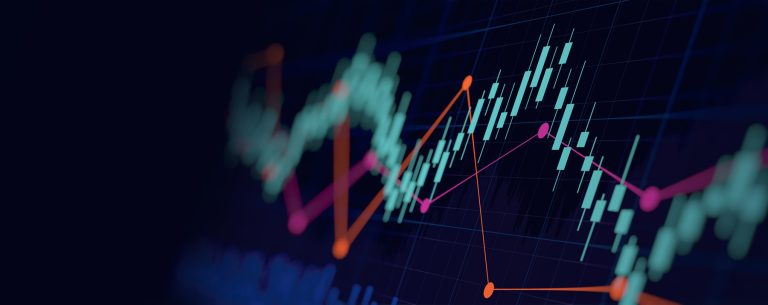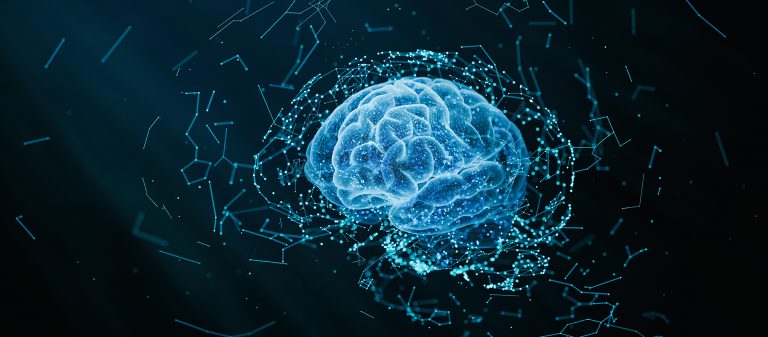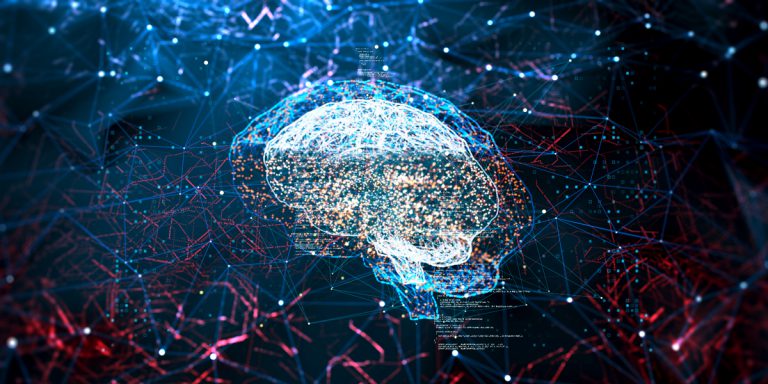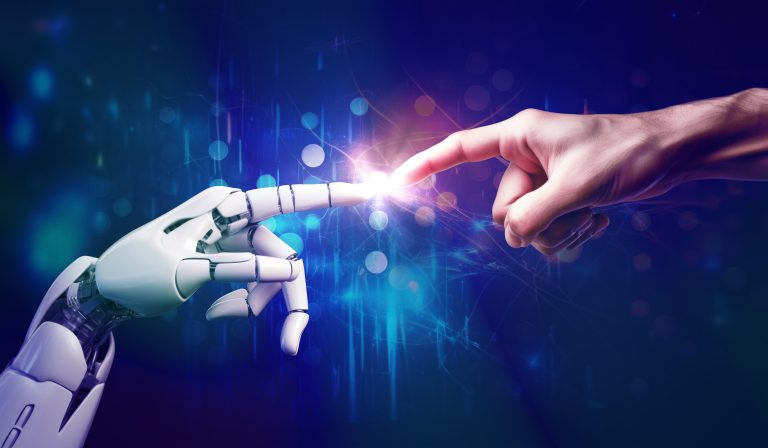
Artificial Intelligence and the Skills Gap
The AI transformation has yet to happen, prompting uncertainty about potential impacts on the skills gap and the nature of work. Recognizing this will help us develop strategies for mitigating potential risks to workers, firms and the economy.

AI Integration and Its Impact on Clinical Labor
The EHR revolution has significantly transformed healthcare work and the flow of information, but it hasn't come without costs, measured in increased administrative burden and the accompanying stress for healthcare professionals. Can generative AI help?

Resilience in the Age of Short-Termism
Attributing greater value to missing earnings estimates than to beating them signals a trend toward short-term demands and rewards. But what if a firm wishes to make costly investments that could yield long-term business resilience?
The New York Times examines the views of David Autor, Ford Professor of Economics at MIT and a 2024 Kenan Institute Distinguished Fellow, on artificial intelligence and potential benefits for the middle class.

Enhancing the Resilience of Venture Capital
The growth of the venture capital market should not blind one to its limitations as an engine of innovation. Kenan Institute Distinguished Fellow Josh Lerner lays out three areas of concern worthy of more research.
For small businesses, AI promises to handle financial and operational tasks, freeing up workers for other duties and creating new efficiencies. We offer seven focal points for small businesses planning for AI integration.

Is AI the Answer to Lowering Healthcare Costs?
As healthcare costs continue to rise, many Americans are looking to artificial intelligence to provide cost-reducing solutions. At the 13th annual UNC Business of Healthcare Conference, a panel of experts separated the AI hype from reality in a discussion of the limitations, risks and ethical questions surrounding AI solutions in healthcare.

The advent of artificial intelligence (AI) tools necessitates the development of human skills that allow workers to use these new technologies to create value that AI tools cannot on their own.
This paper explores the ups and downs of innovation and productivity growth in the US economy and potential connections to the ups and downs of business dynamism and entrepreneurship over the last few decades.
We examine a perplexing phenomenon wherein technological innovations induce short-term contractions, using a two-sector New-Keynesian model. Pivotal to explaining the evidence are sticky prices, which alter the cyclicality of relative prices, impacting production during innovative phases.

AI in Practice: The View from Academia and Industry
UNC Professor Mohammad Jarrahi and IBM’s Phaedra Boinodiris address concerns about organizational adoption of artificial intelligence and how to include employees in important discussions, such as ethical considerations and potential job-related changes.



Business Resilience and Risk Management: The Change Healthcare Cyberattack
A February cyberattack targeting Change Healthcare resulted in the most extensive healthcare data breach to date, raising questions about industrywide risk management and regulation.